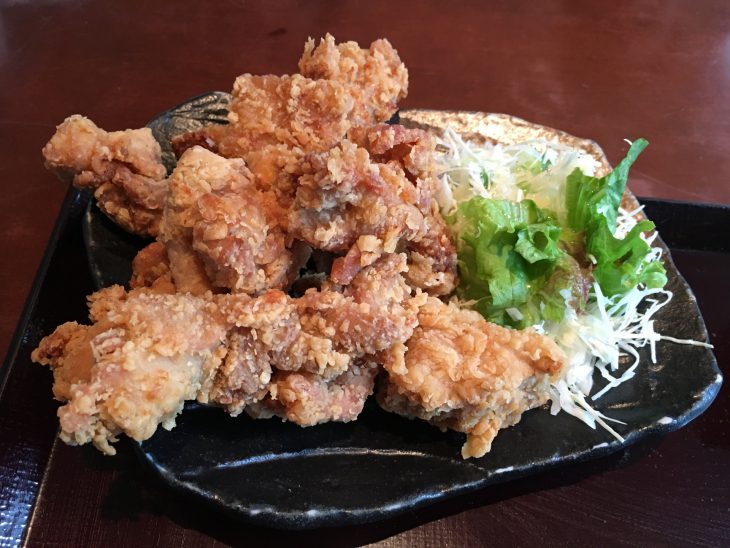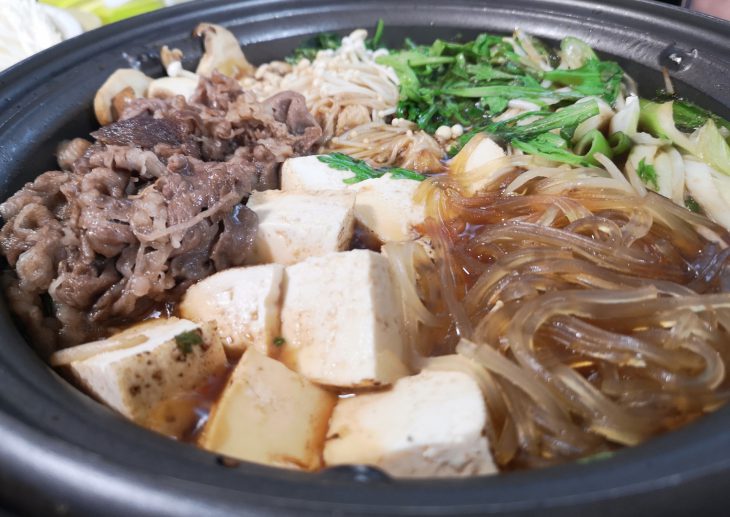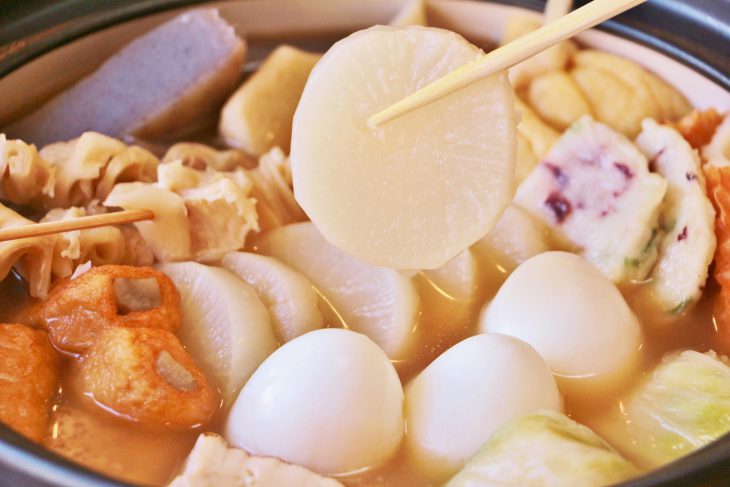Washoku: Traditional Japanese Cuisine Part Four
Today FFJ writer MENTAIRICE is here to give you an introduction to washoku, Japan’s national cuisine which has become a worldwide sensation in recent years and was even added to the UNESCO Intangible Cultural Heritage List in 2013.

Contents
The four defining characteristics of washoku are:
(1) An emphasis on bringing out the natural flavor of a diverse variety of fresh ingredients
Japanese territory spans far lengthwise from north to south and is blessed with an abundance of natural landscapes from the sea, to the mountains, to the countryside. Thanks to this geographic diversity, each region is home to a wide variety of local ingredients which are incorporated into the country’s traditional cuisine along with a set of cooking techniques and tools developed specifically for bringing out the inherent flavors of the ingredients themselves.
(2) Balanced nutrition to support a healthy diet
The foundation of the traditional Japanese meal consists of one soup and three dishes, which is said to make for the ideal nutritionally balanced meal. Japanese cuisine is also great at bringing out the natural flavors of each ingredient, allowing for a diet low in animal fats which has helped contribute to the country’s long life expectancy and low obesity rates.
(3) An expression of the beauty of nature and the changing seasons
Yet another defining characteristic of traditional Japanese cuisine is that it seeks to incorporate the beauty of nature and the changing seasons. Dishes are often garnished with seasonal flowers and leaves and everything from the furnishings to the tableware used are symbolic of the season, allowing one to fully appreciate the distinct atmosphere of each season.
(4) A significant part of seasonal events such as the New Year’s holiday season
Traditional Japanese cuisine has evolved to form an integral part of the country’s seasonal events. By sharing the foods with which we were blessed by nature, mealtime in Japan has played an important part in strengthening the bonds among families and communities.
*From the Japanese Ministry of Agriculture, Forestry and Fisheries website
Karaage

Karaage is a dish in which various foods (usually chicken) is lightly battered in flour or potato starch, or sometimes not battered at all, and deep fried in oil. It is perhaps the most typical main dish found in bento lunch boxes, but it is also enjoyed in a variety of other situations as well, such as a main dish for dinner, as a snack to accompany an alcoholic drink, as a popular teishoku (set lunch) menu item, and more.
Originally from China, this dish evolved over the years into what is now a uniquely Japanese dish with its own regional variations in what it is called, how it is seasoned, and what it is battered in (if anything at all), resulting in a wide variety of cooking methods and tastes.
Available from convenience stores and other establishments year round, there are even a large number of specialty karaage restaurants as well.
Sukiyaki

Sukiyaki is a hot pot dish consisting of meat and other ingredients cooked and simmered in a shallow iron pot. The typical Japanese family will often enjoy this dish on special occasions and in times of celebration. One of Japan’s most famous dishes, sukiyaki is well known all over the world.
Sukiyaki is seasoned with a sauce known as warishita which is prepared in advance using ingredients such as sugar, soy sauce, and cooking sake. Sukiyaki is typically made using thinly cut strips of beef, but other foods can be used in sukiyaki as well.
It is also typically mixed in a small bowl with raw egg for a smooth, even more delicious flavor. Many Japanese people will remember getting excited as a child when they saw that they were having sukiyaki for dinner.
Oden

Oden is a Japanese stew which is also considered a type of hot pot dish. It consists of a wide variety of ingredients including satsumaage (fried fish cake), hanpen (soft fish cake), yaki-chikuwa (tube-shaped fish cake), tsumire (a type of meatball), konnyaku (konjac), daikon, potatoes, ganmodoki (fried tofu with vegetables), chikuwa, beef tendons, hard-boiled eggs, atsuage (fried tofu) in a seasoned soup broth made from katsuobushi (dried bonito flakes) and kombu and allowed to simmer for a long time to allow the different foods to fully absorb the flavor of the broth. The kinds of broth, ingredients and dipping sauces used vary by region and even by each individual household. This classic winter dish is so common that as the winter season approaches you will even begin to see oden sold at convenience stores throughout the country.
For generations the Japanese have enjoyed this popular winter dish to warm up inside and out during the colder months of the year. Of the wide variety of ingredients found in oden, perhaps some of the most popular include daikon, eggs, and konnyaku.
Oden is also a common menu item at the food stalls known as yatai and goes great with Japanese sake.
Traditional Japanese washoku cuisine has received high acclaim worldwide and you will now find a number of Japanese restaurants popping up all over the globe. So be sure to come and enjoy this authentic culinary experience right here in the birthplace of washoku.
